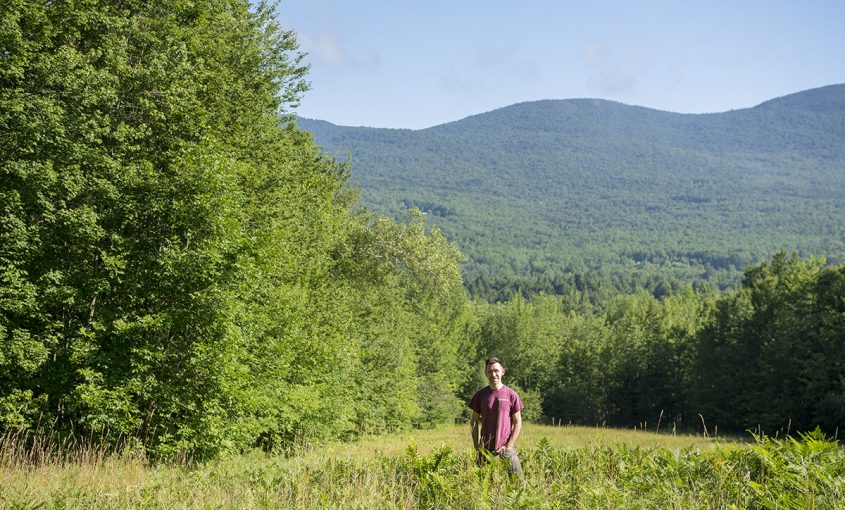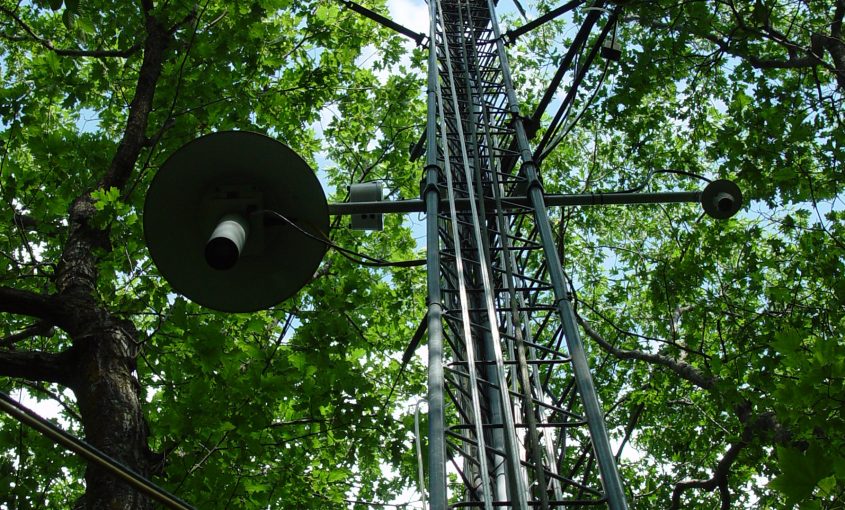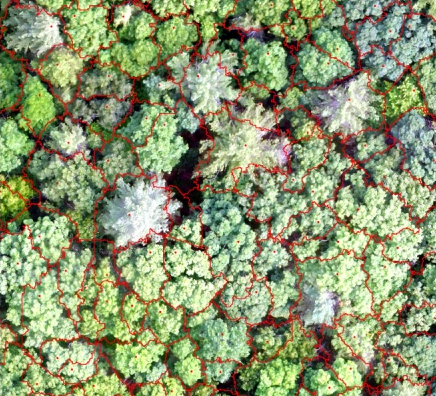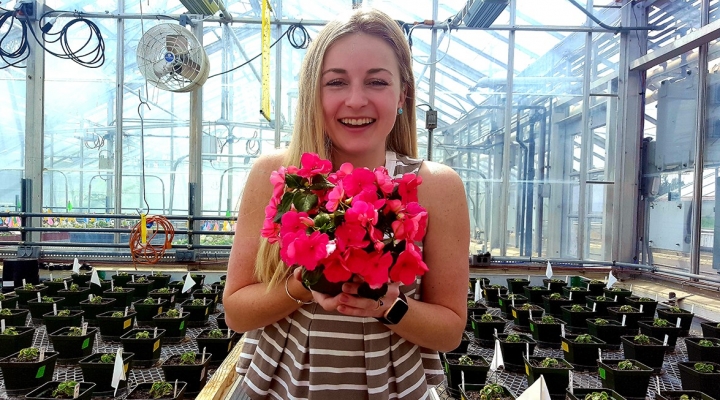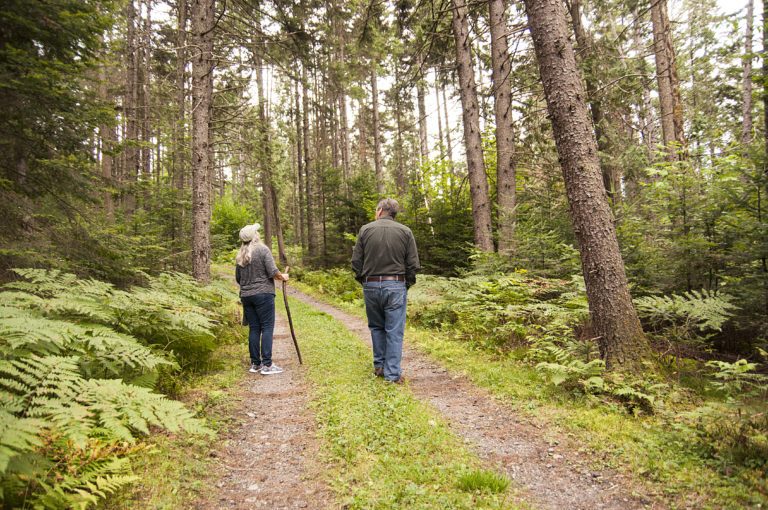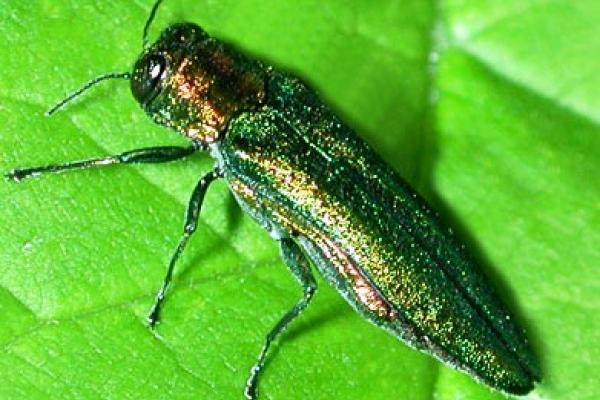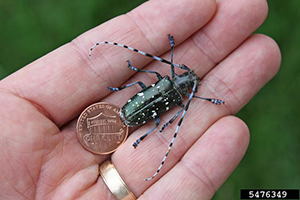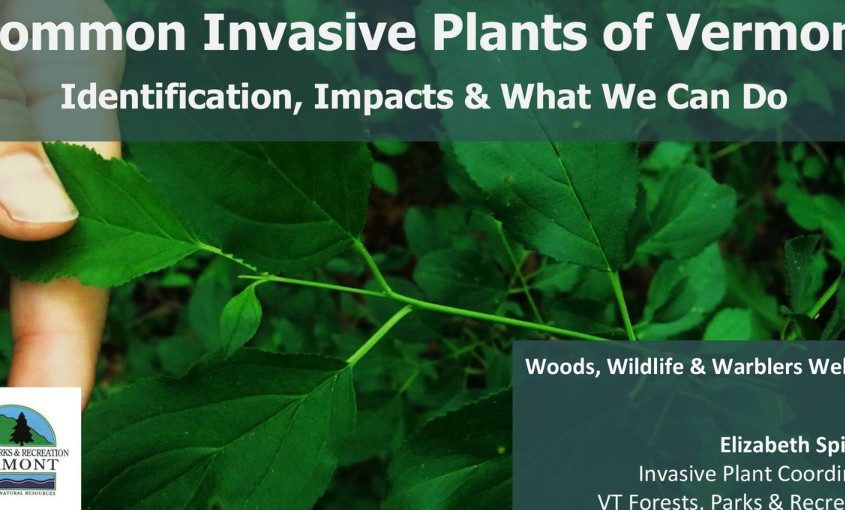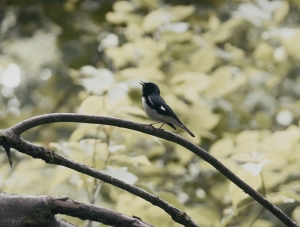Can Vermont’s Forests Help Save the Planet?
The Cold Hollow Carbon project in Vermont’s Northeast Kingdom is the first co-op model in the country to successfully enter a voluntary carbon market. By Christine McGowan, Forest Products Program Director at Vermont Sustainable Jobs Fund Long valued for timber, recreation, wildlife habitat, and solace, Vermont’s forests are being recognized for providing another, more
Read More...


